Gilgit-Baltistan farmers turn to artificial glaciers to tackle water crisis
Nature-based solutions are helping remote areas manage water in the face of rising heat.
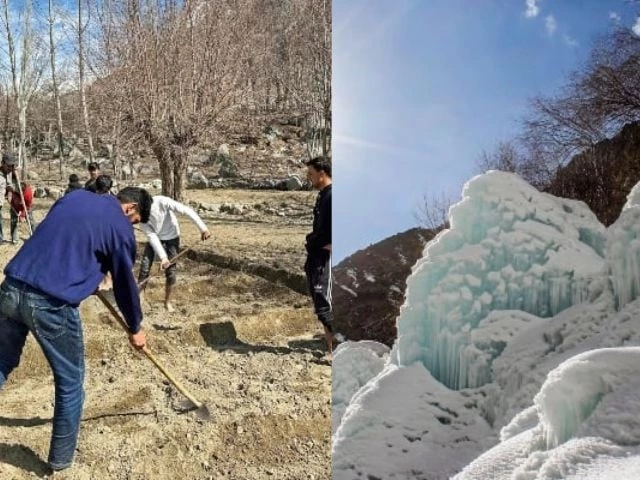
In the frostbitten valleys of Gilgit-Baltistan, Pakistani farmers are fighting water scarcity by building artificial glaciers shaped like towering cones of ice.
These “ice stupas” are handmade in winter by spraying water into the freezing air, where it turns into ice and accumulates in massive structures that slowly melt in spring — providing irrigation when natural glacial melt hasn’t yet begun.
YouTube tutorial turns into survival tool
The idea wasn’t born locally. It came from across the border in Ladakh, India, where environmentalist Sonam Wangchuk developed the concept nearly a decade ago.
"We discovered artificial glaciers on YouTube," said Ghulam Haider Hashmi, a farmer from Hussainabad. "We studied the process online and built our first one."
Despite tensions between the two countries, the knowledge travelled across digital borders and found eager adopters in Gilgit Baltistan.
Science behind the stupas
Zakir Hussain Zakir, a professor at the University of Baltistan, explained how it works.
“The water must be propelled upwards so that it freezes mid-air when the temperature is below zero,” he said.

The result is a cone-shaped ice formation resembling a Buddhist stupa. These towers melt gradually in spring, mimicking natural glacial melt and supporting early planting.
A new agricultural rhythm
Muhammad Raza, a farmer in Hussainabad, said eight ice stupas were built this winter, storing nearly 20 million litres of water.
“Before, we had to wait until June for the glaciers to melt. Now we can start planting much earlier,” he said.


Bashir Ahmed, a 26-year-old farmer in nearby Pari village, added that the improved water supply has led to multiple harvests.
“We used to have one growing season. Now we can grow wheat, barley, and potatoes up to three times a year,” he said.
A growing movement in the mountains
Over 20 villages in Gilgit-Baltistan have adopted the technique since the first stupas were built in 2018.
According to Rashid-ud-Din, head of the GLOF-2 programme under the UN-Pakistan climate adaptation initiative, more than 16,000 people now benefit from ice stupa irrigation.

The method avoids the need for expensive infrastructure like reservoirs or water tanks and fits well with local topography and climate.
Climate impact hits harder in the north
Pakistan’s northern regions are at the front lines of climate change. Temperatures in the country have risen twice as fast as the global average, and snowfall is declining in places that once depended on it.
“From late October to early April, we used to receive heavy snowfall,” said Sher Muhammad, a glacial expert at ICIMOD. “Now winters are much drier.”
Most of the region’s water traditionally comes from spring snowmelt, not glacial melt, which makes winter precipitation vital.
Local innovation, global relevance
With limited resources, the residents of Gilgit-Baltistan have found an environmentally sound and cost-effective way to adapt.
“Faced with climate change, there are neither rich nor poor — everyone is vulnerable,” said 24-year-old Yasir Parvi. “In our village, we took a chance with the ice stupas. And it worked.”



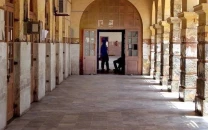
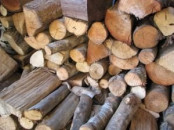

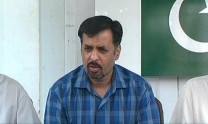
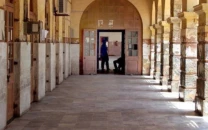


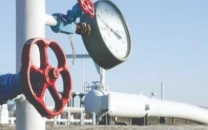
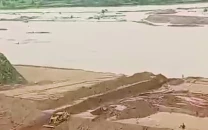
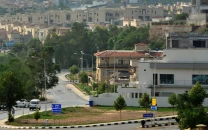







COMMENTS
Comments are moderated and generally will be posted if they are on-topic and not abusive.
For more information, please see our Comments FAQ